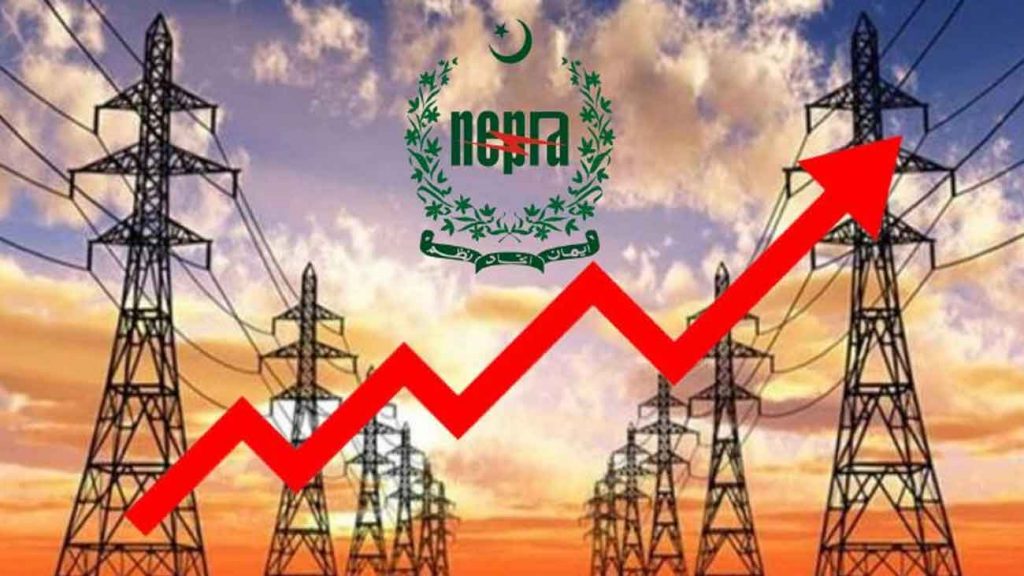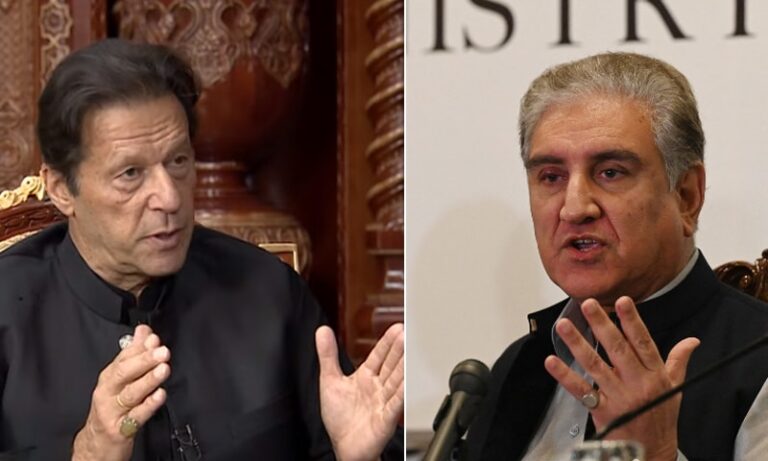Editorial
Pakistan’s power sector is facing intense scrutiny from the International Monetary Fund (IMF). Recent discussions between the two parties reveal financial challenges and questionable solutions. A staggering Rs493 billion (approximately $1.8 billion) is owed to Chinese power plants, a figure that has grown significantly in recent months. This debt burden directly contradicts the 2015 Energy Framework Agreement, which promised protection for Chinese investors from the vicious cycle of circular debt (unpaid bills leading to further debt). The government’s proposed solution – allocating a mere Rs48 billion annually – falls far short of the actual dues. This raises red flags for the IMF, casting doubt on the government’s commitment to tackling the debt problem.
The government has touted an anti-theft campaign, with the military involved, as a way to improve bill recovery. While the campaign has yielded some results (Rs82 billion recovered), the lack of transparency regarding the breakdown of recoveries from different sectors (private vs. public) raises concerns. The IMF is skeptical of the campaign’s long-term effectiveness. They believe it might be a temporary solution and suggest a more sustainable approach of digitally monitoring the power distribution network. The involvement of the military in monitoring also raises questions for the IMF. They worry that this could undermine the authority and accountability of power distribution companies and their management teams.
Low bill recovery and high line losses (power wasted during transmission) contribute a significant Rs589 billion annually to the ever-growing circular debt. This debt burden is either passed on to consumers through electricity price hikes or covered by government subsidies, further straining the financial system. Despite the anti-theft campaign, bill recovery remains a significant challenge. The government claims a 92% recovery rate, but independent verification of this data is crucial. Additionally, the projected loss of Rs263 billion due to low recovery has already reached Rs200 billion in just seven months, raising doubts about the government’s ability to meet its targets. To manage the debt flow for this fiscal year, the government plans a hefty Rs250 billion subsidy release. However, the circular debt has already surpassed projections, reaching Rs545 billion by the end of March. The IMF may not be convinced by the government’s plan to settle the additional debt through the budget by June.
The IMF has criticized a recent Rs7 per unit increase in electricity prices. The justification for such a sharp increase seems weak, with a stable exchange rate and no significant changes in global commodity prices.
The government blames the need to use expensive fuels (diesel, furnace oil, imported gas) during winter for electricity generation. This, however, exposes a faulty policy: allocating cheaper local gas to other sources while resorting to expensive options for power generation. The IMF seeks a clear timeline for ending agricultural tube-well subsidies in Balochistan. While intended to support farmers, these subsidies contribute to inefficient water usage and place further strain on the already burdened power sector.
The IMF’s concerns highlight the precarious state of Pakistan’s power sector. Addressing these issues requires a multi-pronged approach involving the government, the IMF, and other stakeholders. Transparency, long-term planning, and a commitment to good governance are essential for breaking free from the shackles of circular debt and ensuring a more sustainable and efficient power sector for the future.
Please, subscribe to the YouTube channel of republicpolicy.com

















































